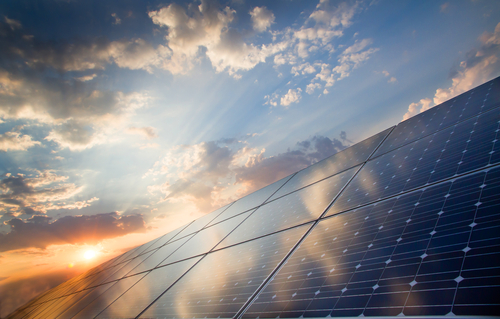US residential, non-residential solar sectors slump, utilities push forward in face of COVID-19

According to the U.S. Solar Market Insight Q3 2020 report released this week by the Solar Energy Industries Association and Wood Mackenzie, residential and non-residential solar was hit hard by the COVID-19 pandemic, but utility-scale solar has proven its endurance.
Over the second quarter, solar installations saw a 6 percent drop to 3.5 GW of new capacity. Among residential, however, installations were down 23 percent, while non-residential segments soaked a 12 percent hit. Much of this could be attributed to restrictions and shelter-in-place orders meant to contain the pandemic. This means that those states with more restricted stay-at-home orders saw significantly more declines than those states that shirked such directives.
Still, solar represented 37 percent of all new electric generating capacity added to the United States in the first half of the year, and utility-scale solar represented 71 percent of all new solar capacity brought online in the second quarter.
“The growth we see in this report underscores the resilience of the solar industry as we deal with COVID work stoppages, a struggling economy, harmful trade policy, and an uncertain tax environment,” Abigail Ross Hopper, SEIA’s president and CEO, said. “Tens of thousands of our workers have been laid off or furloughed amid this crisis, and SEIA remains firm in our commitment to fight for equitable policy that allows the solar industry to compete and grow our workforce.”
Texas and Florida, in particular, buoyed the industry through the second quarter, as each installed over 900 MW across distributed and utility solar. The contracted pipeline is also growing with new utility PV power-purchase agreements.
Wood Mackenzie presidents 37 percent annual growth this year, totaling 18 GW of new solar installations. While this is a 6 percent decrease from pre-pandemic forecasts, it’s still growth, and beyond 2020, the market is perched to install nearly 100 GW from 2021 to 2025. If accomplished, this would mark a 42 percent increase in the amount of solar installed in the last five years.
